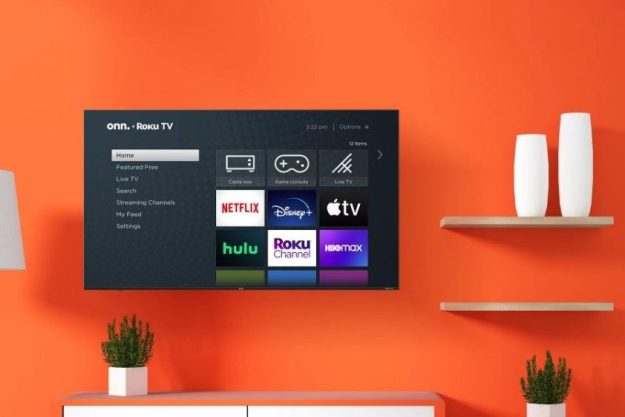The days of the A/V receiver may finally be numbered. Iconic American speaker maker, Klipsch, has introduced a wireless home theater system that eliminates the need for speaker wires and external amplification entirely. Meet the Klipsch Reference Premiere Wireless Home Theater System.
The product of a partnership with the Wireless Speaker and Audio Association (WiSA) , the Reference Premiere Wireless Home Theater System has been four years in the making, and is one of the first of its kind from a U.S.-based audio company. The entire system is based around a wireless transmitter hub that looks something like a small Wi-Fi router. On the back of the hub are four HDMI ports, one of which is ARC-enabled, and a digital optical input. Connect all your devices to the hub, and you’re done setting up your electronics.
Next, place the wireless Reference Premiere speakers and subwoofer in your room and plug each one into an nearby power outlet — the amplification for each speaker is built right into the cabinet. At that point, you tell each speaker what its role is in your system (center, front left, front right, etc.) and then press a button to initiate wireless calibration. Seriously, that’s it.
The wireless transmission is capable of handling up to 24 bit/96 kHz audio, so it is considered Hi-Res, and the processing chip built into the hub can handle up to 7.2 channels of surround sound from a connected Blu-ray disc player, set-top box, or TV.
Since WiSA first came together as an organization to help standardize and develop a wireless home theater technology, we’ve eagerly anticipated its debut. With Klipsch’s introduction of the Reference Premiere Wireless, that time has finally come, and we really couldn’t be more excited about it.
Editors' Recommendations
- Best AV receivers 2024: top sound for your home theater
- DTS Play-Fi wants to eliminate the speaker wires in your 5.1 home theater setup
- What is WiSA? The wireless home theater technology fully explained
- First ‘Tuned by THX’ home theater speakers need no A/V receivers — or wires
- You can now buy Klipsch’s new WiSA-certified wireless home theater speakers



